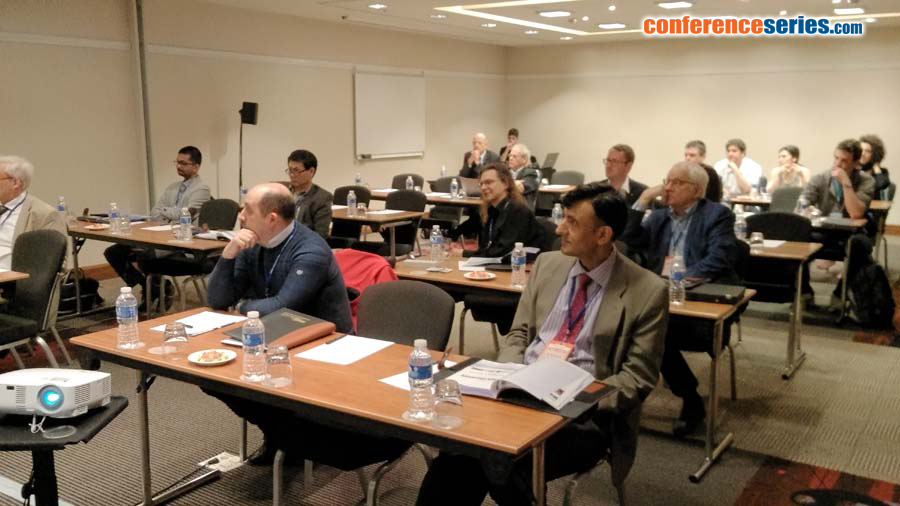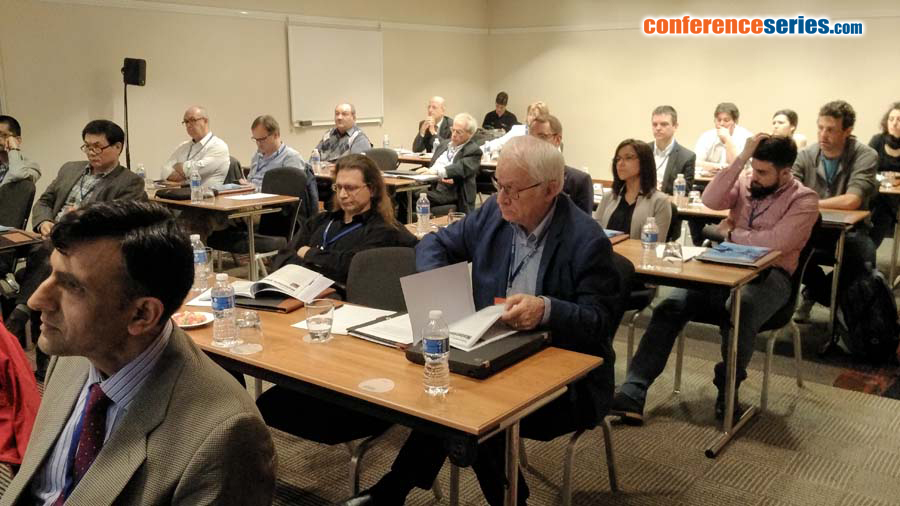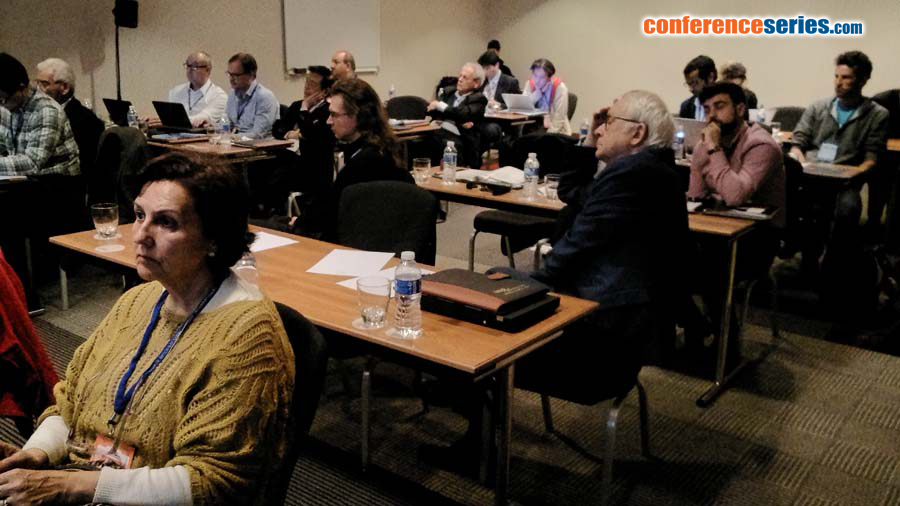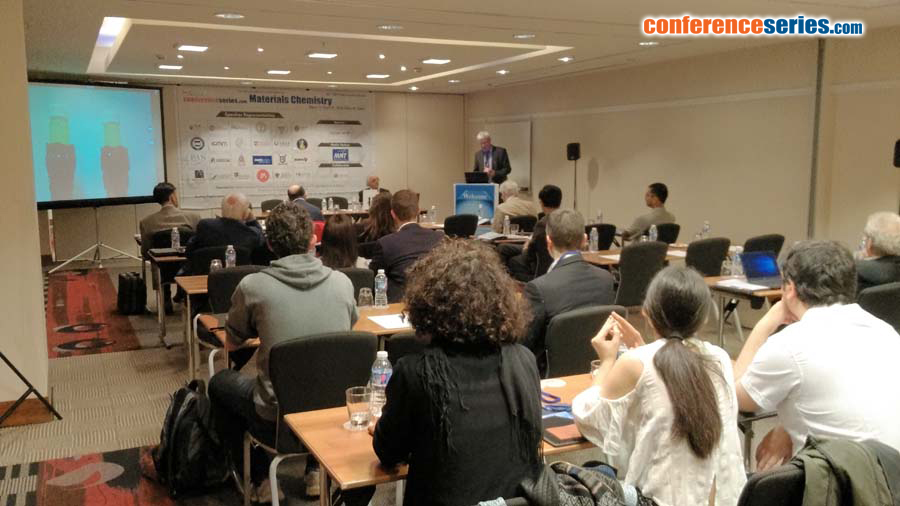
Jorge Teno Diaz
Carlos III University of Madrid, Spain
Title: Spectroscopic tools to study and interpret macromolecular dynamics at a molecular scale
Biography
Biography: Jorge Teno Diaz
Abstract
In Polymer Science, knowing macromolecular chains dynamics (i.e. how and why they move) is one of the most important issues to understand properties of polymers. In this sense, a good starting point might be to know if certain motions of a group or groups of atoms is the main driving force of the polymer dynamics. Therefore, instruments capable of extracting information at a local scale are essential to carry out these studies. However, the most conventional techniques used to give information about polymers dynamics are based on signals coming from changes occurring in the sample as a whole. This is the case of the differential scanning calorimetry, DSC, which measures changes in the heat capacity or the dynamic mechanical analysis, DMA, which monitors the change in the modulus of a material. Although in both cases results can be interpreted from changes in the local dynamics, the direct information from those molecular sites are not actually obtained. In fact, the deductive thought starts from a macroscopic information given by the experiments whose molecular origin will be speculations the most of times. Therefore, the way of avoiding this kind of speculations would be to achieve information at a molecular scale sensitive to the polymers relaxations or to the motions of polymers chains. Infrared spectroscopy and fluorimetry by using fluorescent labels seem to be the answer since they are very easy handling and low cost techniques. In polymers spectroscopy the study of band shapes and widths is a common practice since they are related to the distribution of different local environments experienced by the absorbing or emitting groups. In this communication, by using some examples, useful basics about infrared spectroscopy and fluorescence will be given in order to study and interpret macromolecular dynamics in polymers and polymer composites.
Speaker Presentations
Speaker PPTs Click Here




